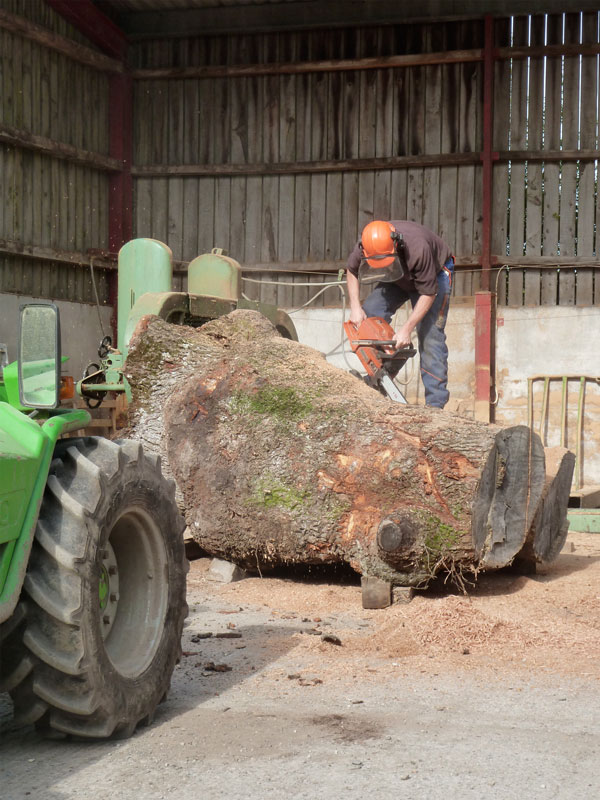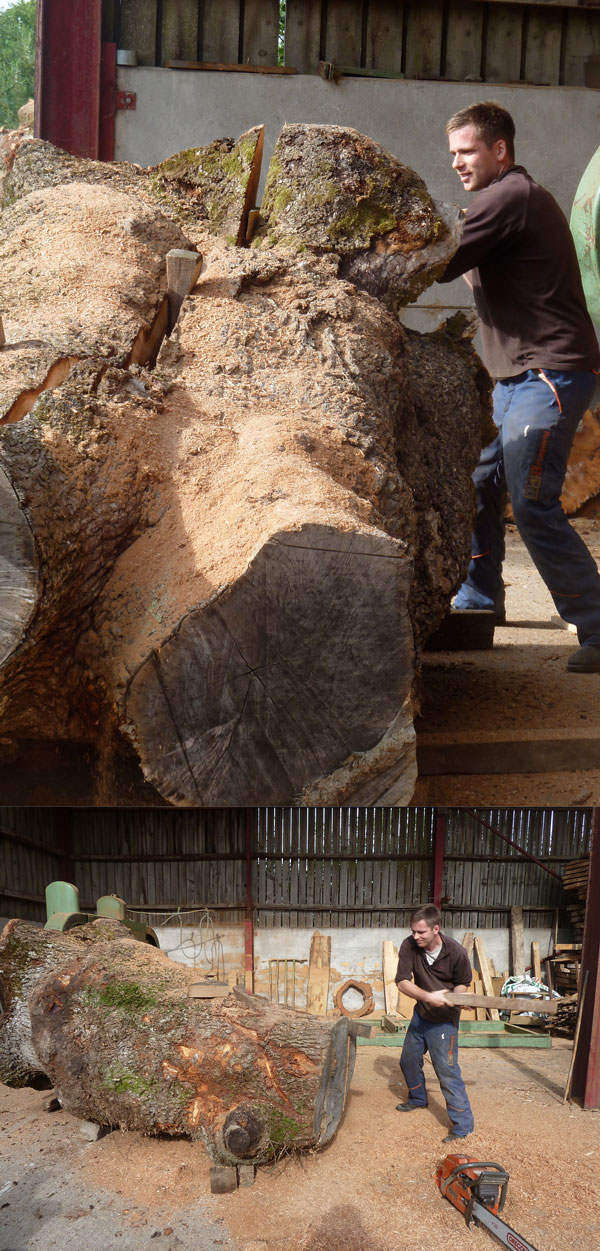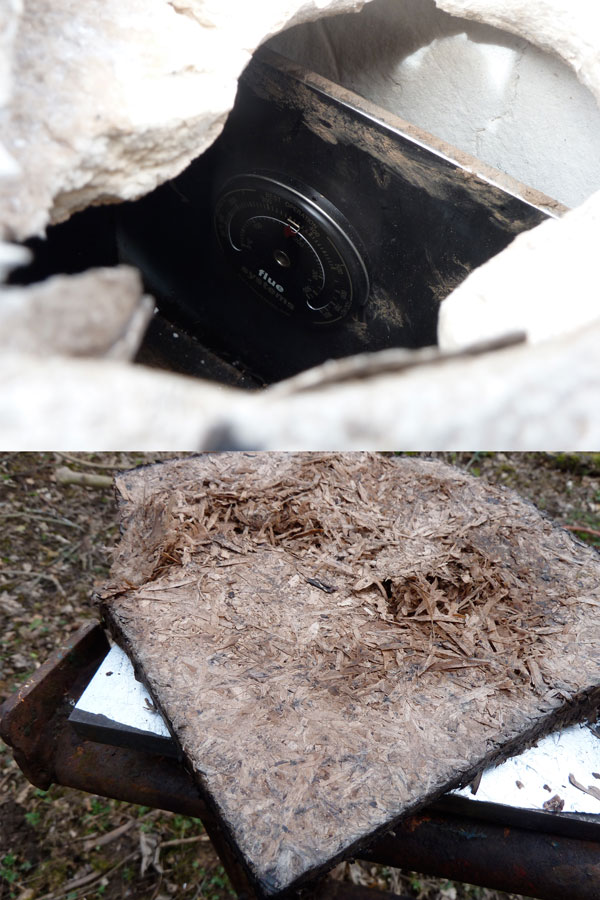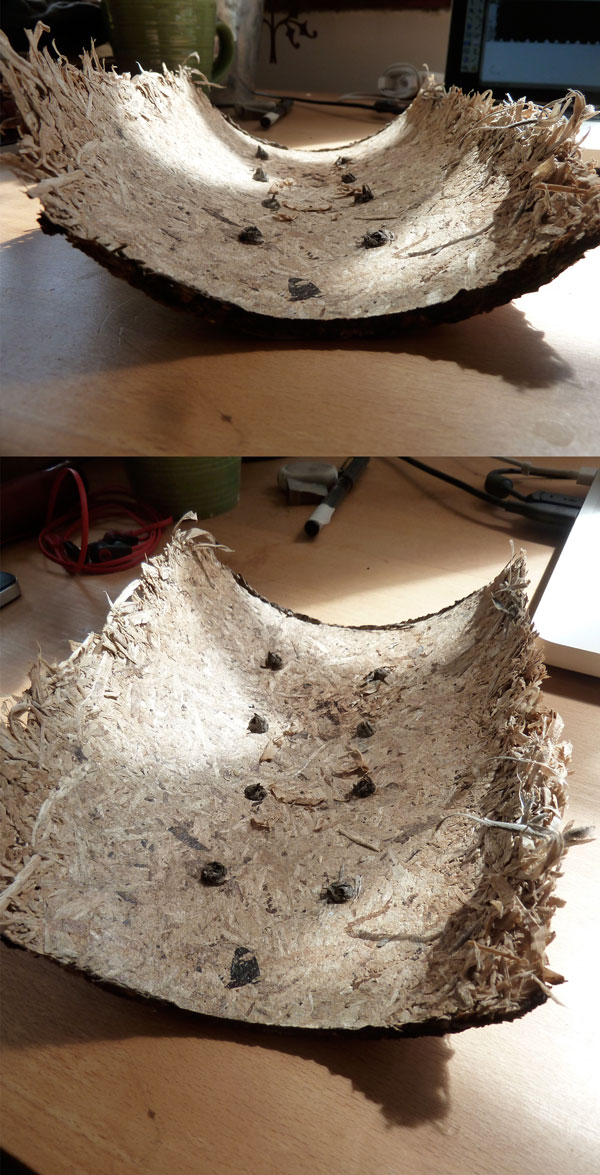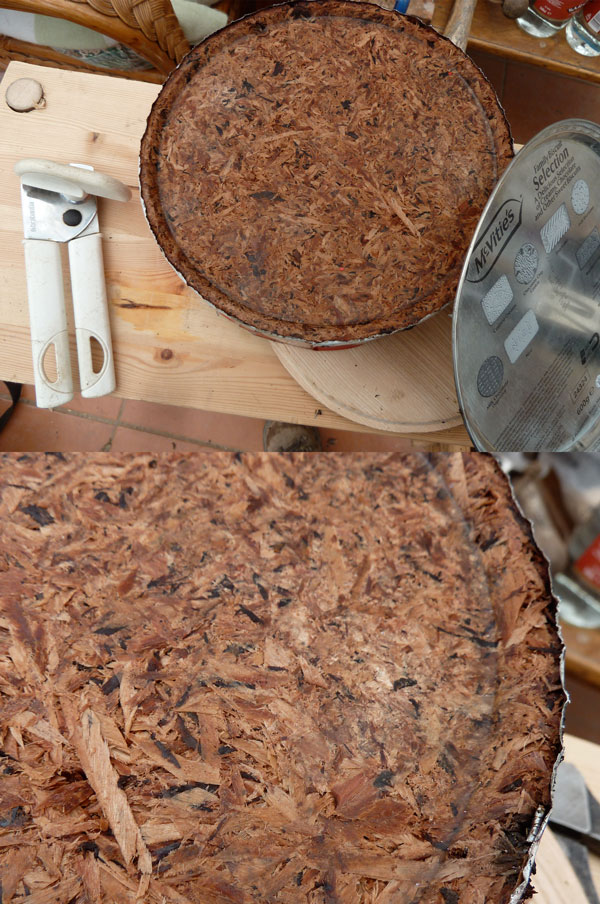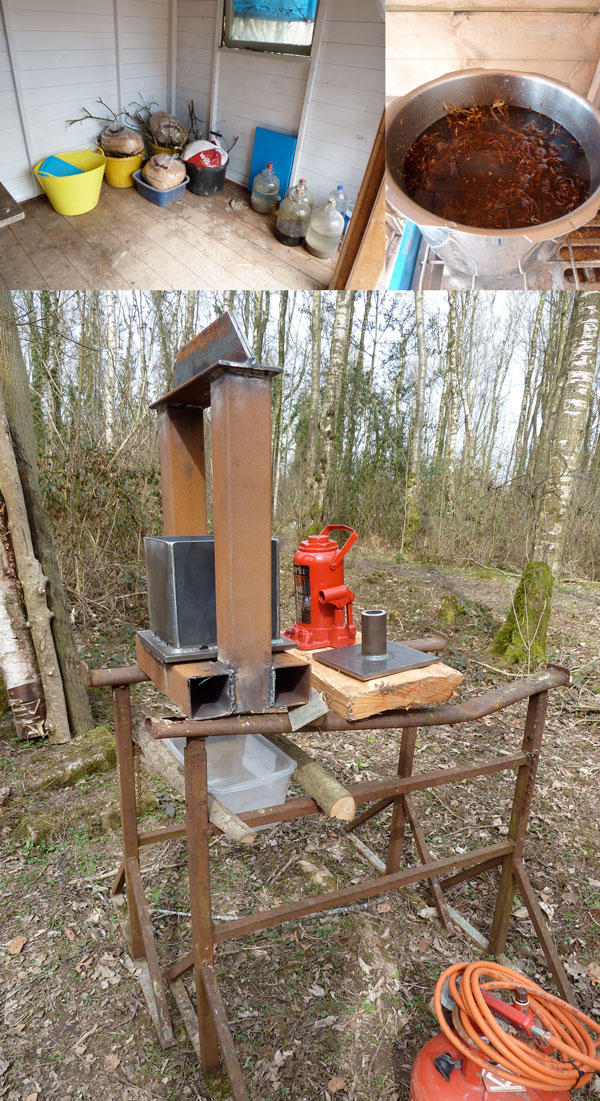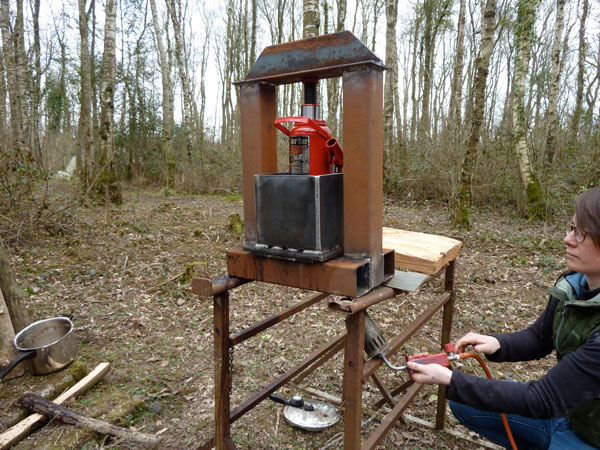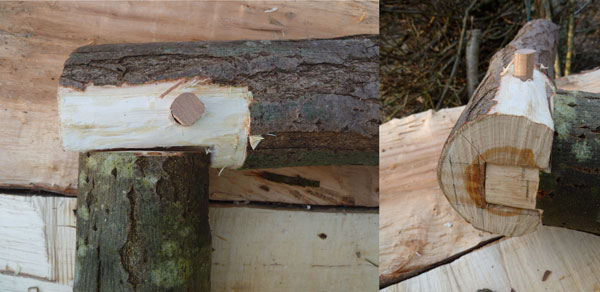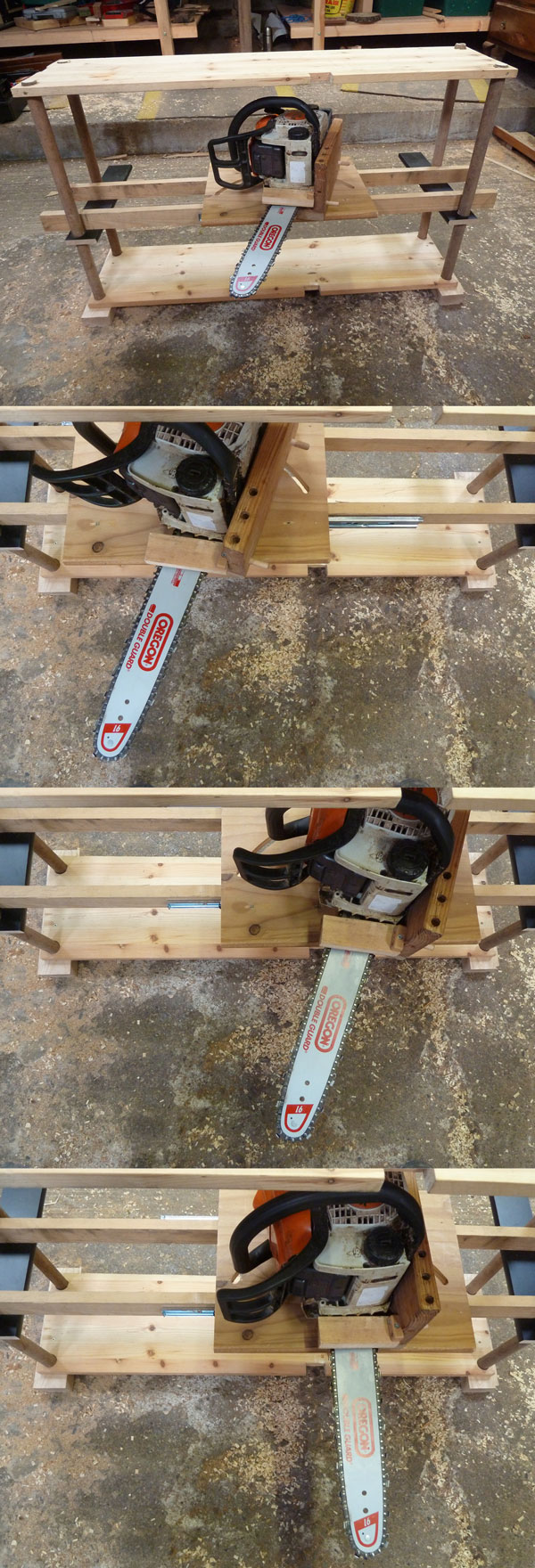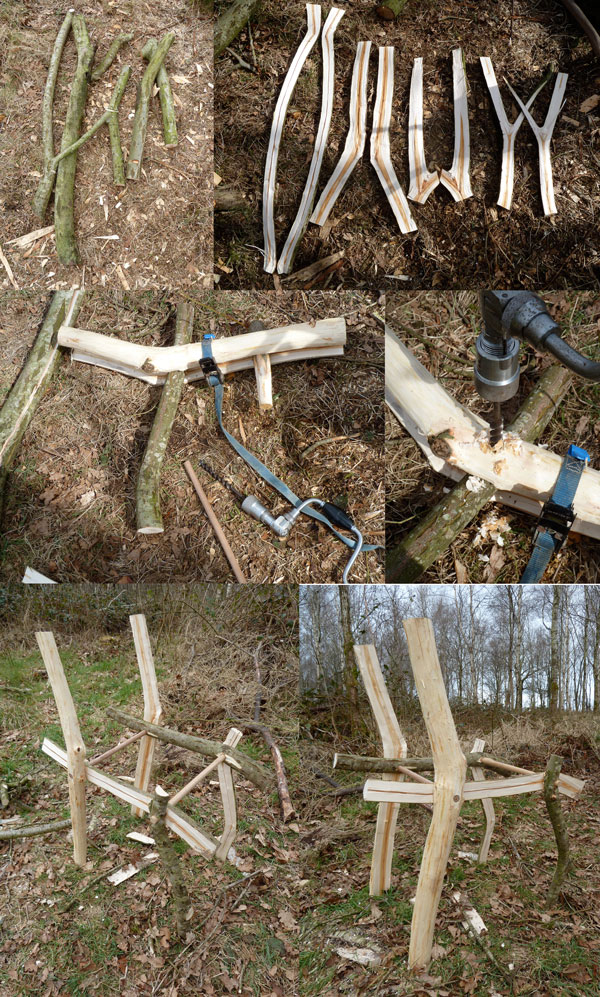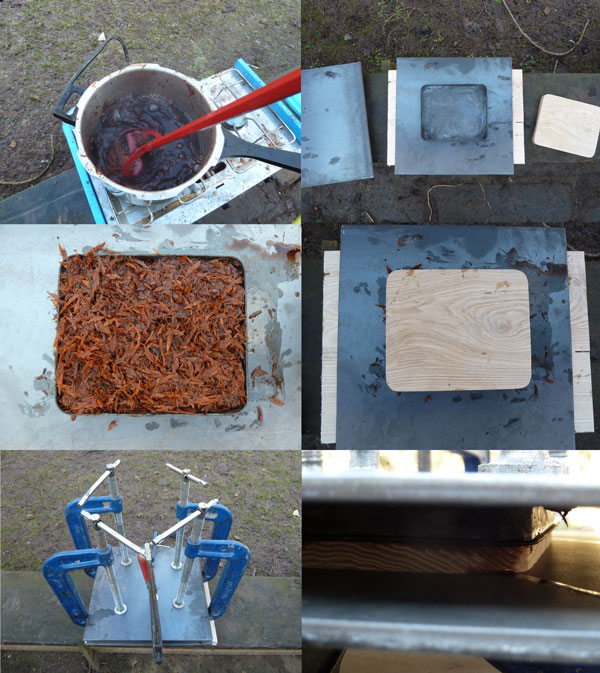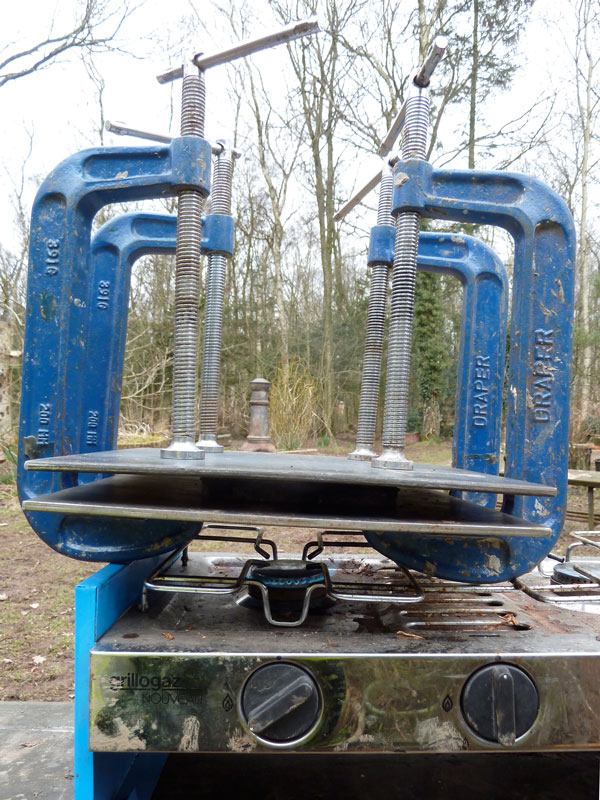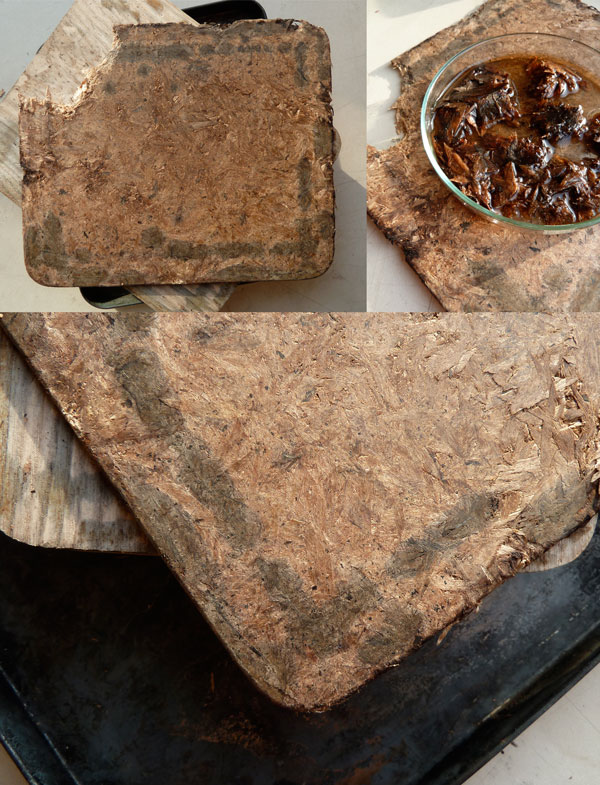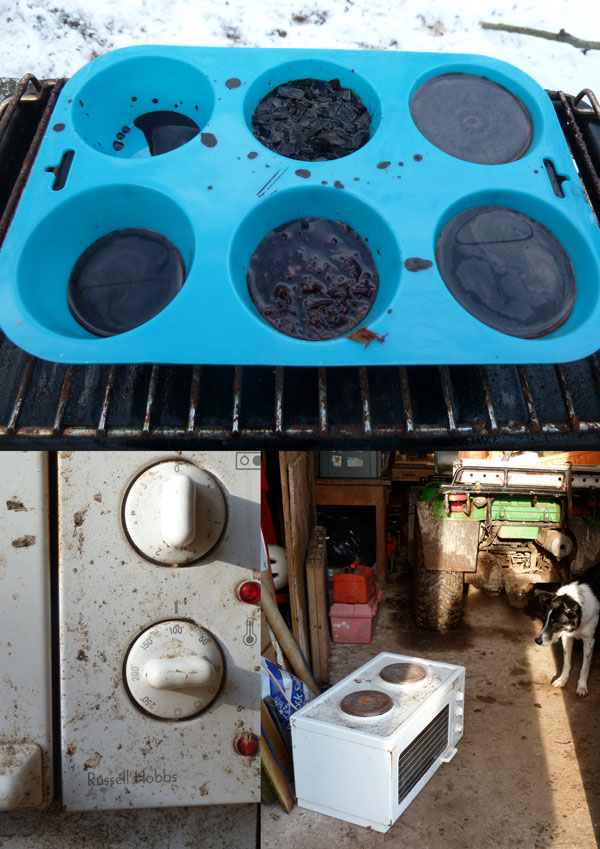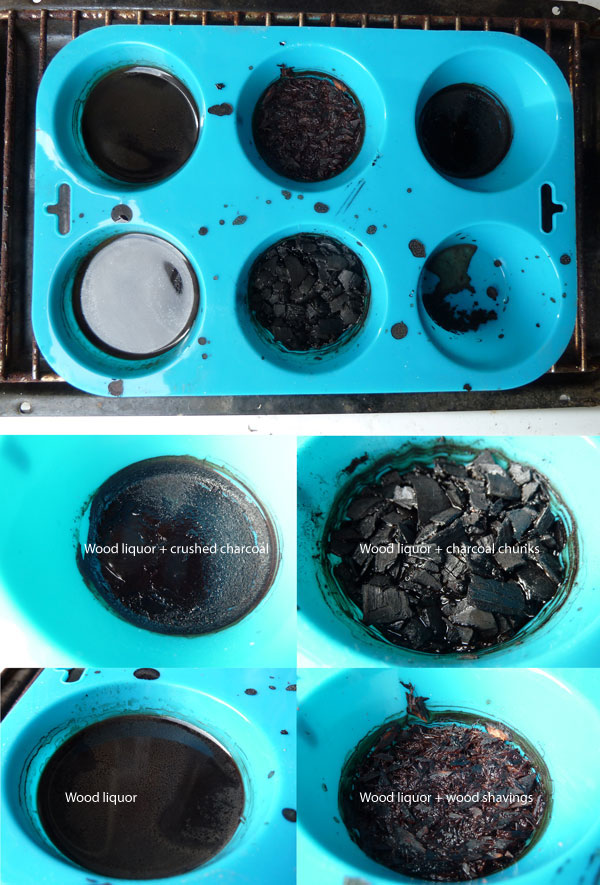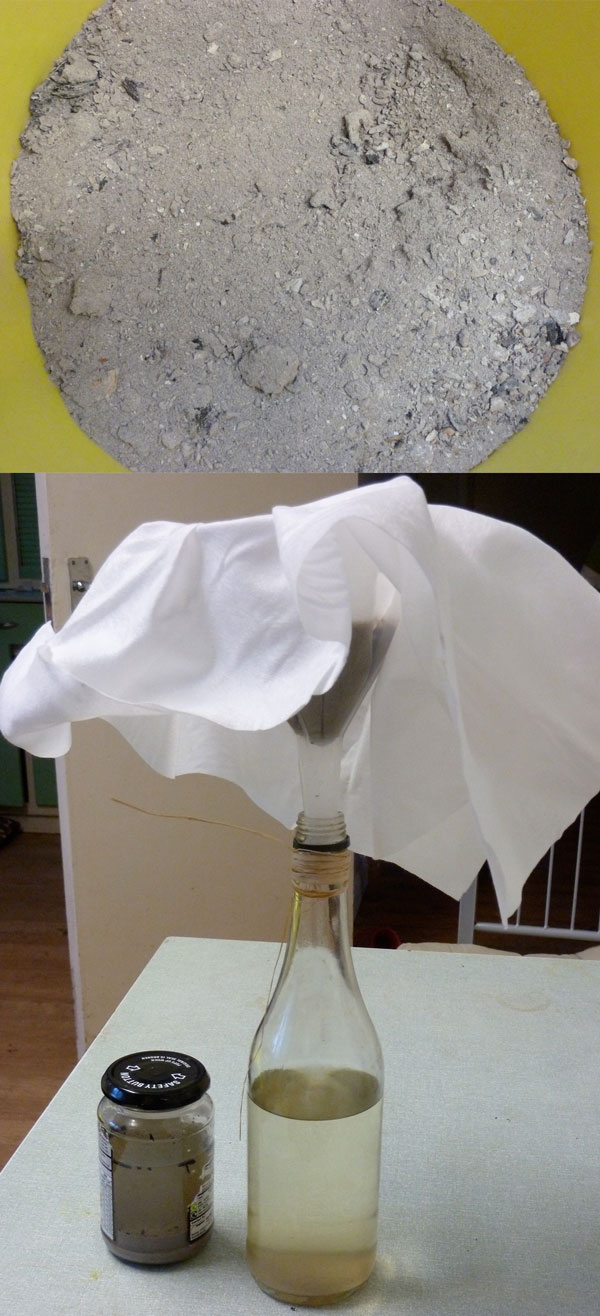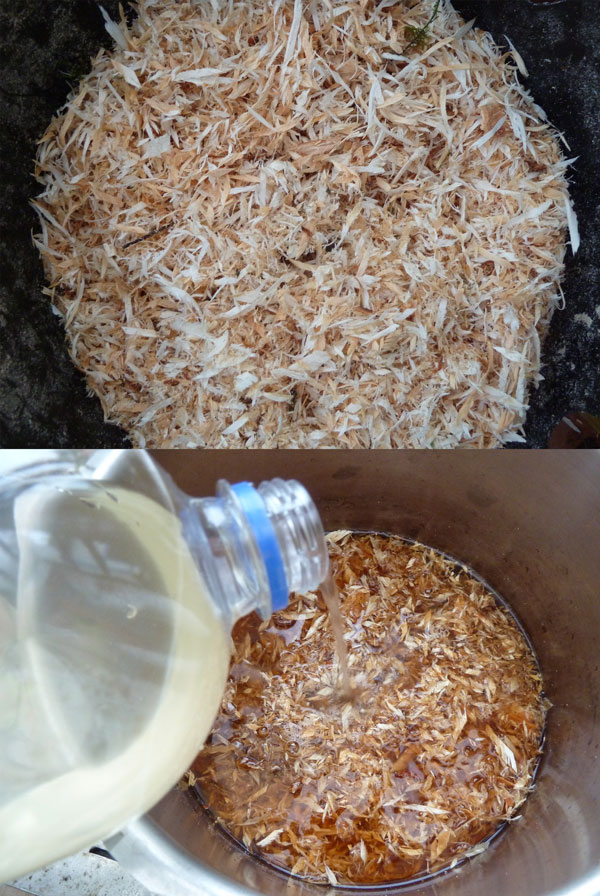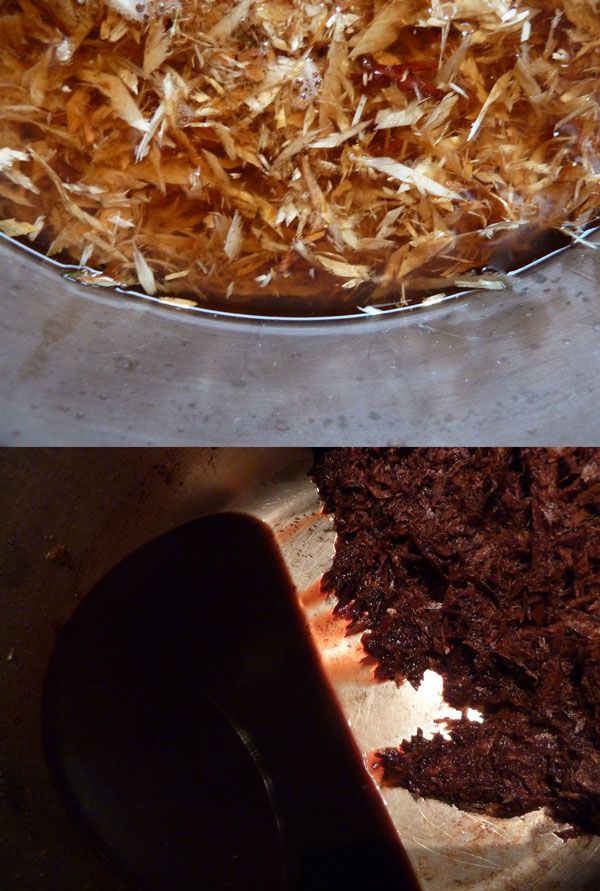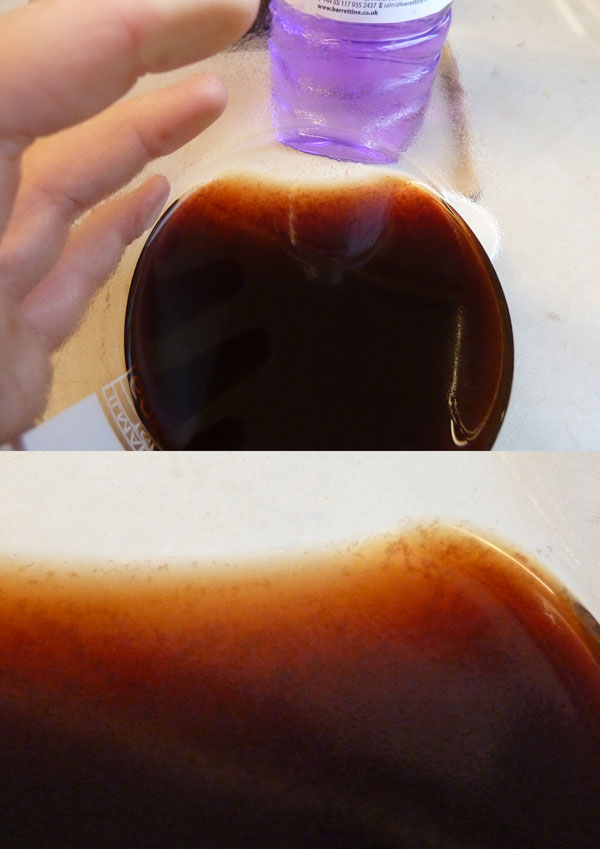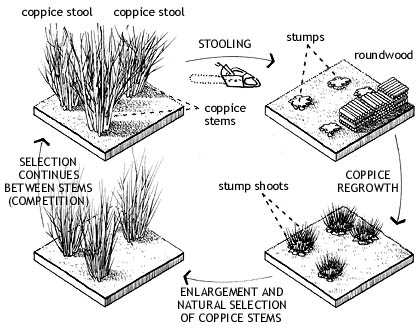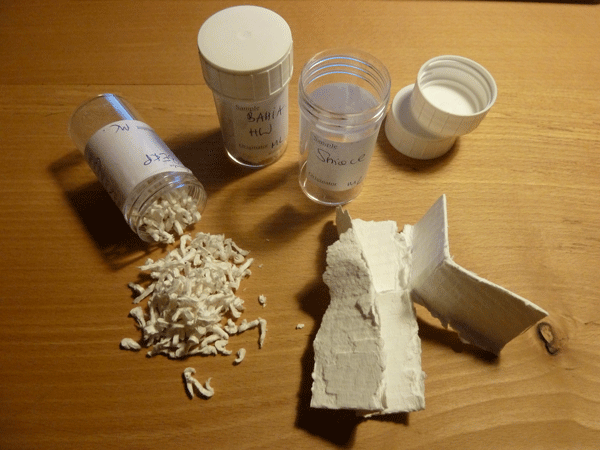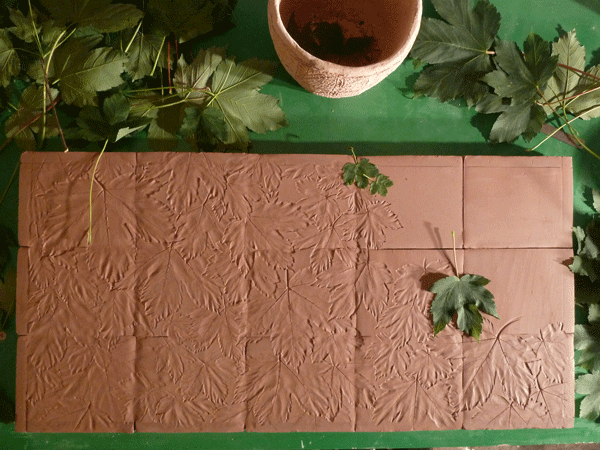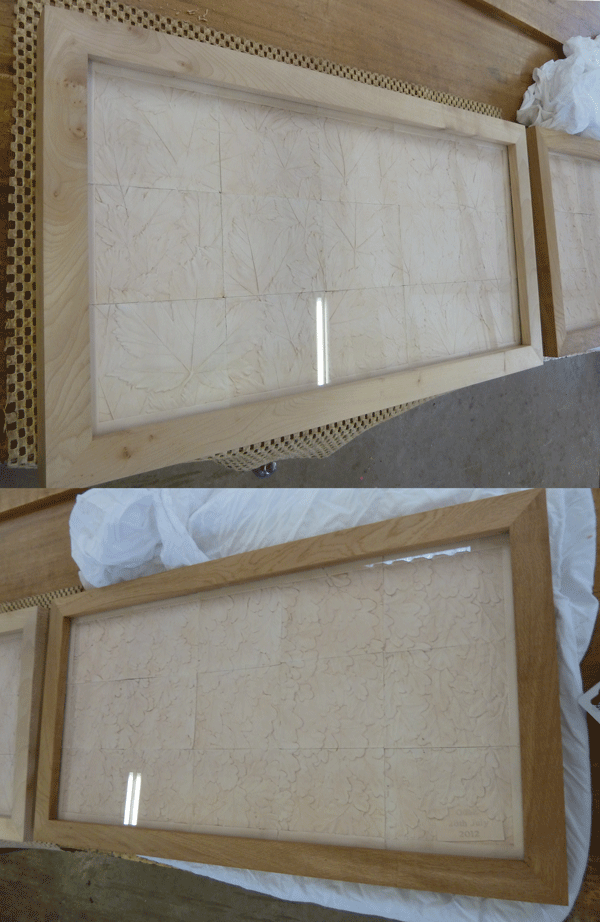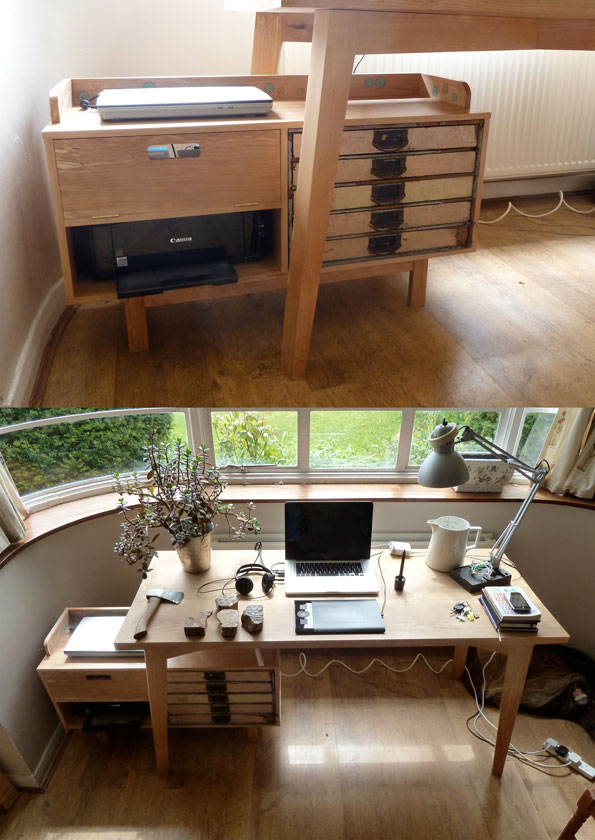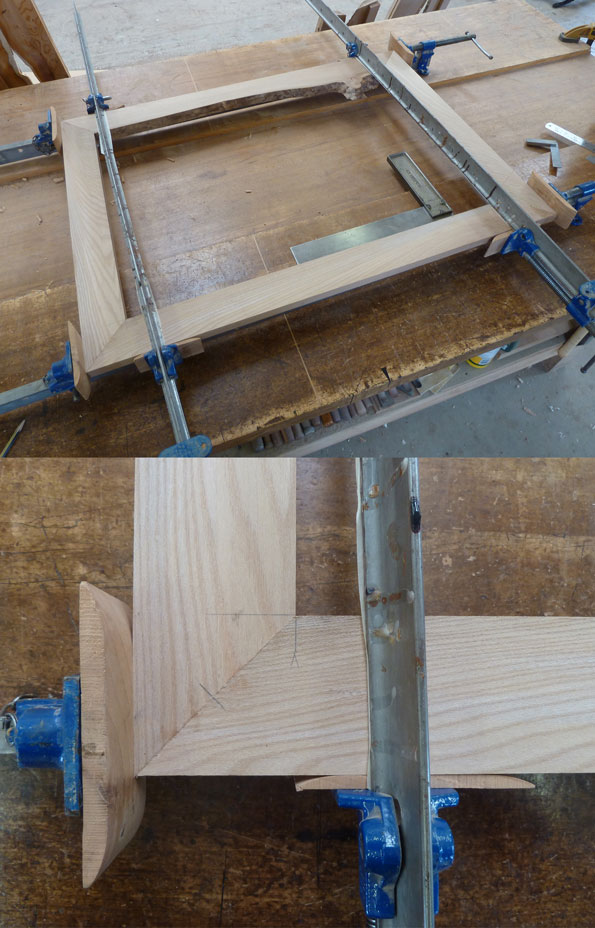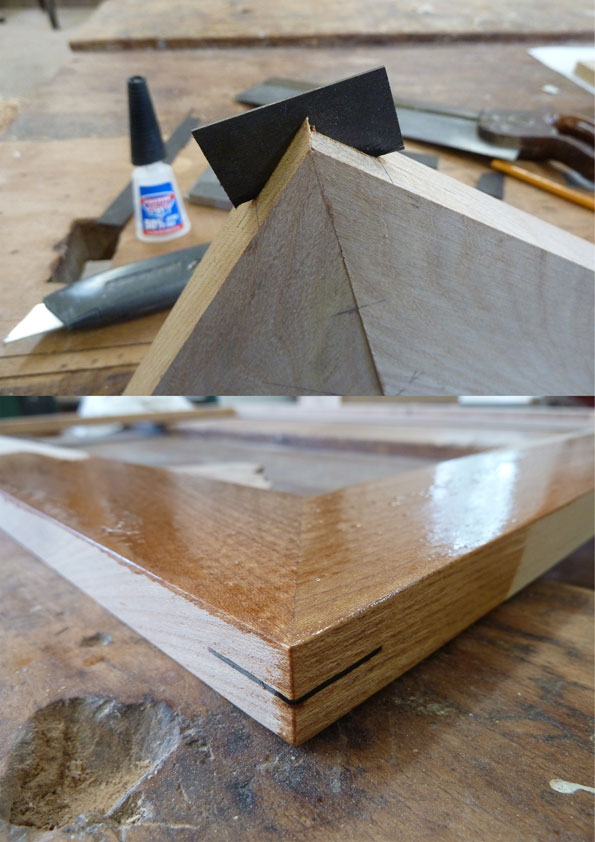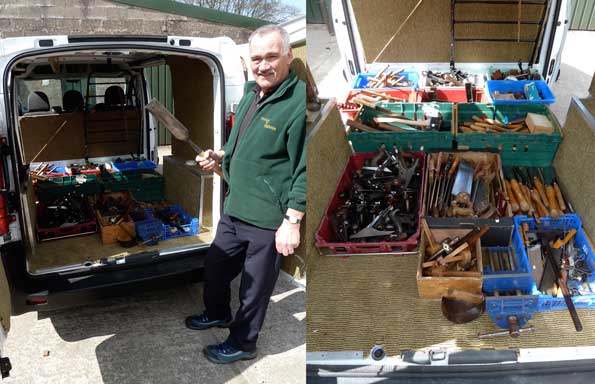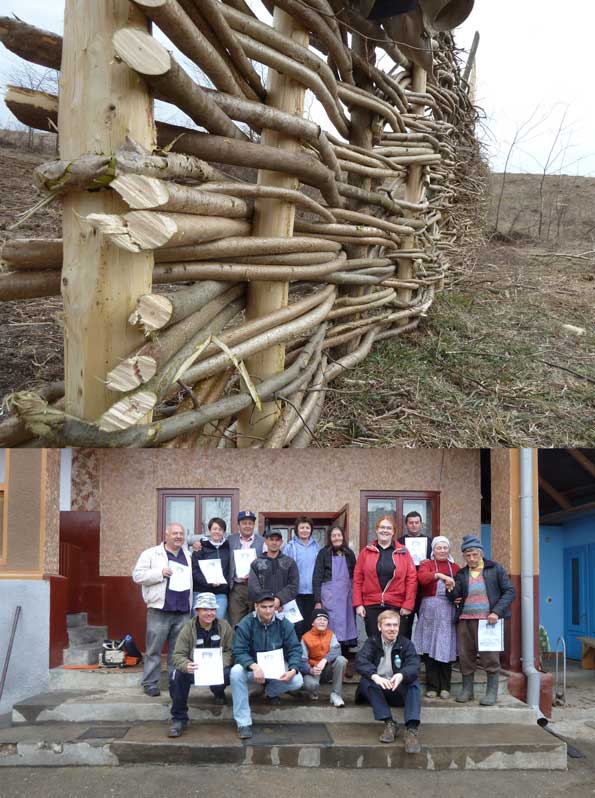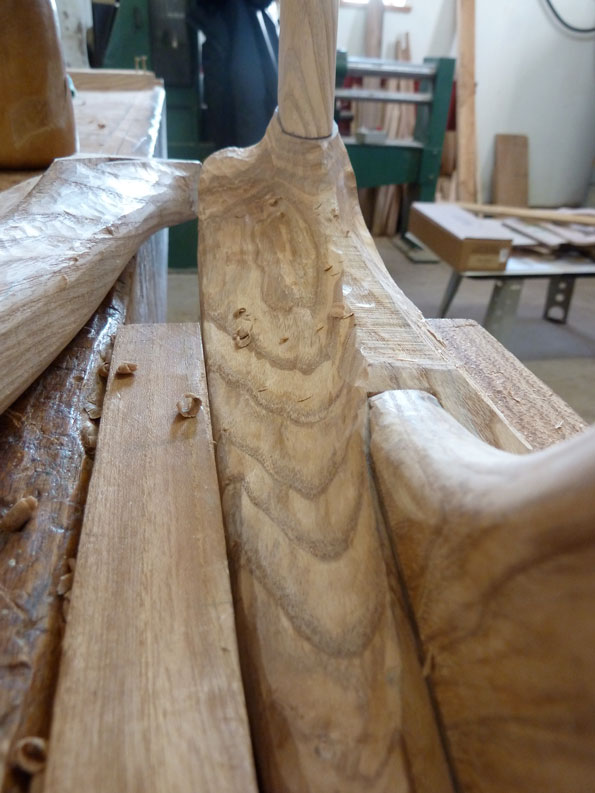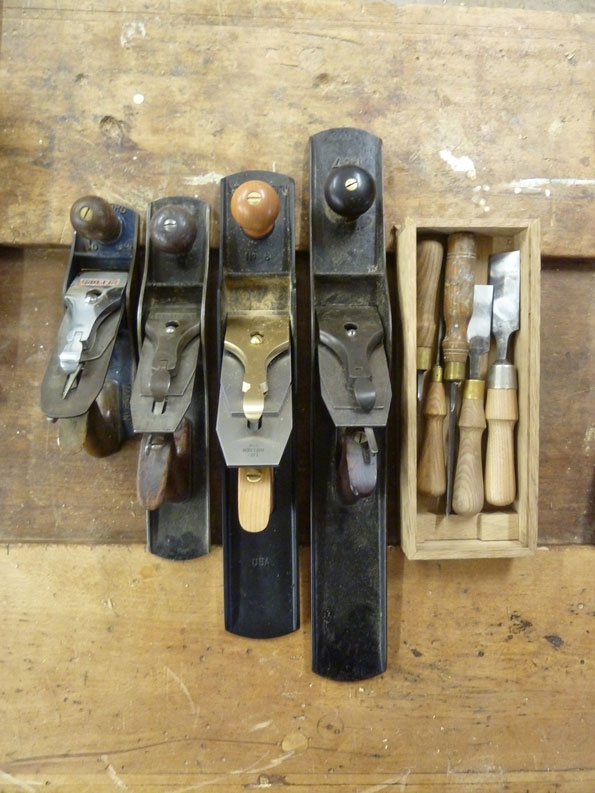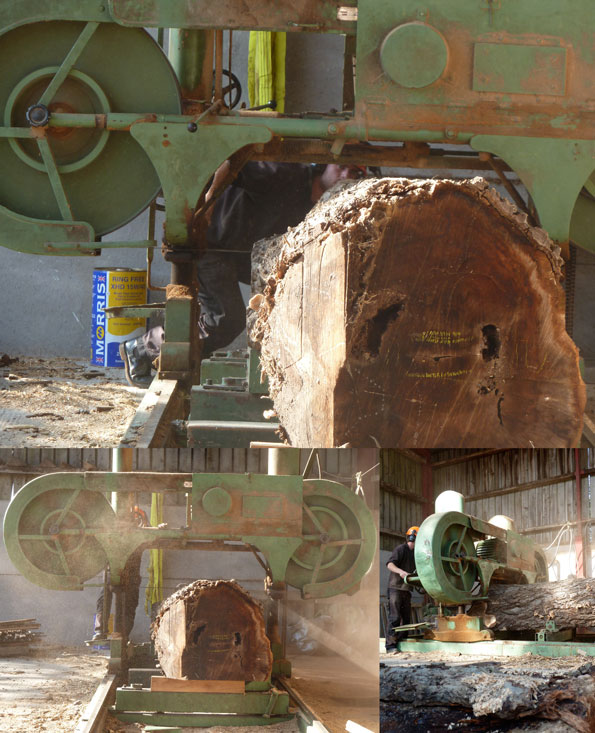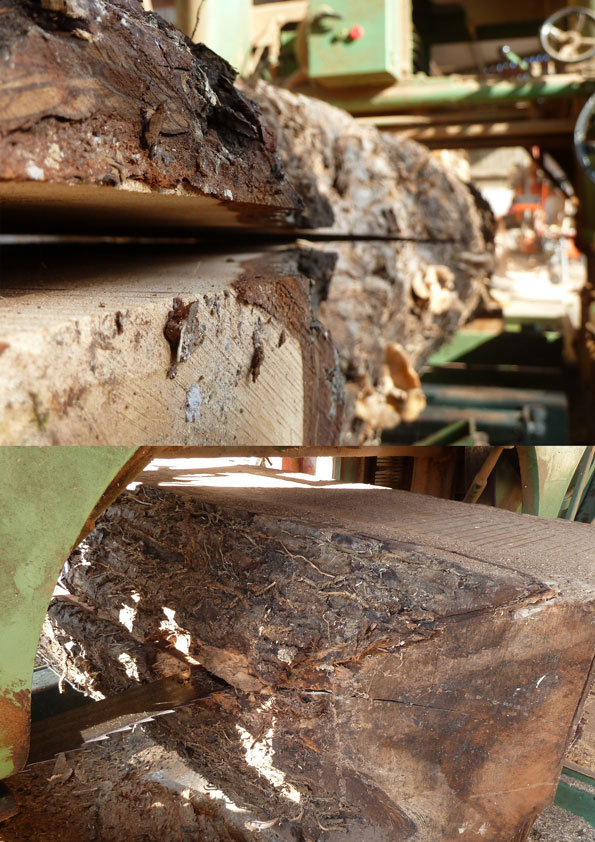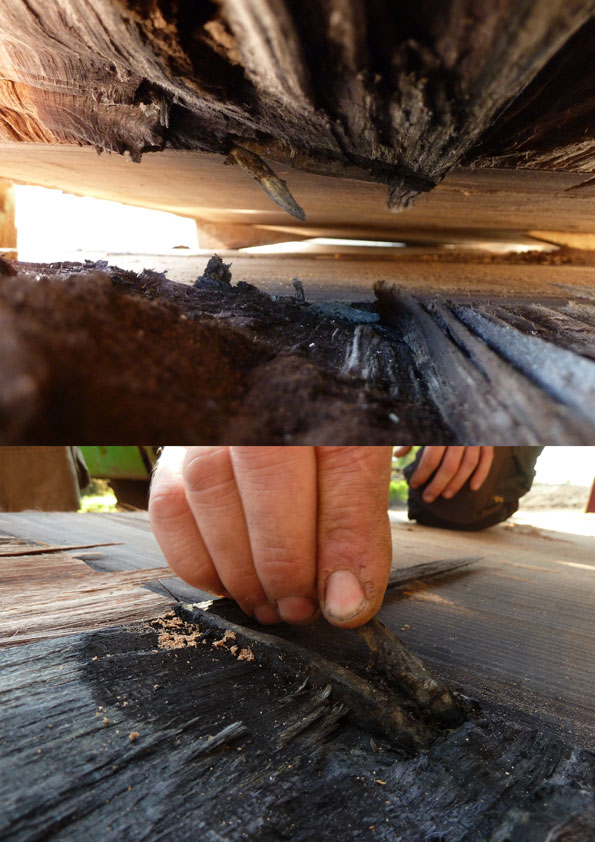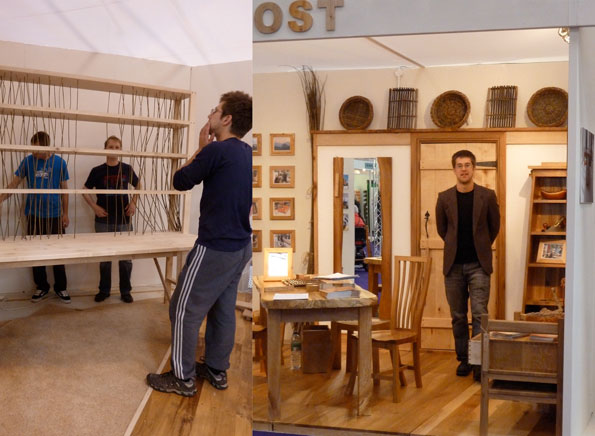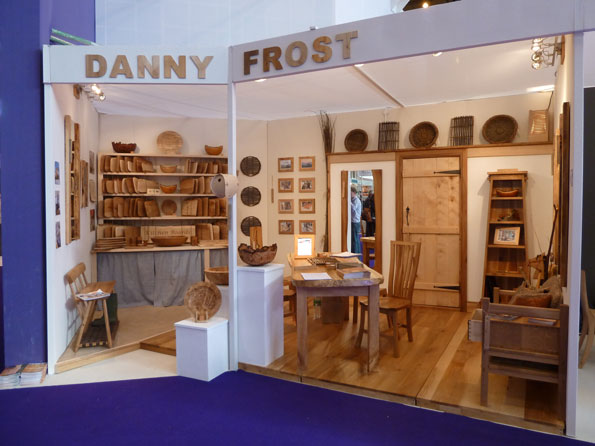You might remember a few years ago I posted about a very special English Walnut tree that was milled at DF Timber Ltd in Cumbria. Every now and then other exceptional trees, felled locally, come through the mill and we get to see their story prized open and see all it's potential in it's full glory.
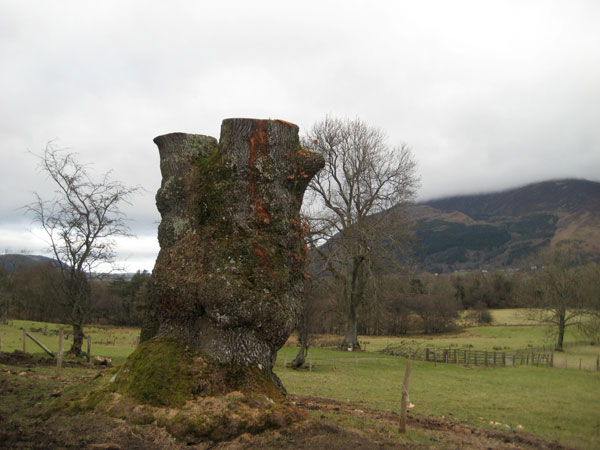
A few months back a huge English Oak tree was next to be milled. It had been growing in Portinscale, down the road from DF Timber, for probably well over the 250 year mark. Huw from DF Timber mentioned that it had been pollarded* but it had probably been dying for a long time as it didn't have any new growth. It was felled in 2012 and sadly had a fair bit of heart rot but with a tree this size its still worthwhile buying it.
(*Pollarding - a technique of tree pruning. By cutting the top branches you encourage denser growth throughout the tree. Traditionally it provided fodder for livestock and timber/firewood. Very similar to coppicing but raised off the ground away from munching mouths of deer and sheep etc...)
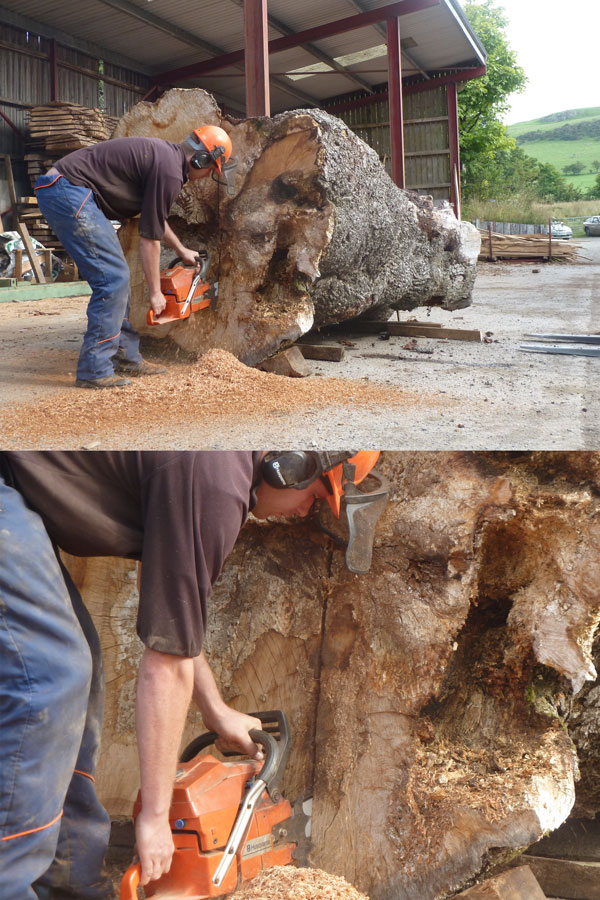
All in all it weighed over 3 tonnes, 95 cubic feet and was way too big to fit on even the scary, beastly green mill. Huw had to whip out the long bar chainsaw and cut it down to size first.
What also makes this specimen extra special is the amount of bur evident within it's timber. You can see a huge round bur growing out the side of this tree - it's almost as big as Huw! - and there's plenty more all around it's trunk.
A bur is a strange, unexplained growth made up of dormant buds and twisted grain. Commonly believed to be the trees reaction to the stresses of the world, like the Elephantiasis of the tree world. Yet, cut below the bark and these ugly growths hold the most coveted markings for furniture makers, sculptures and turners. Clusters of varying sized knots, surrounded by dense and open grain can sand, buff and oil up to stunning results. Assorted colours play with the light. Often it's such a beautiful mess it's hard to know which way up the tree was.
With a big chunk of Oak to get through, even the long bar chainsaw ( 36inches ) proved tricky to make a clean cut all the way through. Huw got as far as the chainsaw allowed before using simple wooden wedges to smack all along the cut he'd made, forcing the tree open. Splitting wood is one of the easiest and satisfying procedures for cutting up greenwood* - if it has clean and straight grain - throw a big bur in the way and the wood won't know which way to split! It needed some extra welly!
(*freshly felled/cut or non seasoned timber)
Finally separated and it's beautiful, dark colouring gives away only a hint of what this tree has to offer. Sadly, the heart is a little soft, but the timber around it will have plenty to make up for it.

